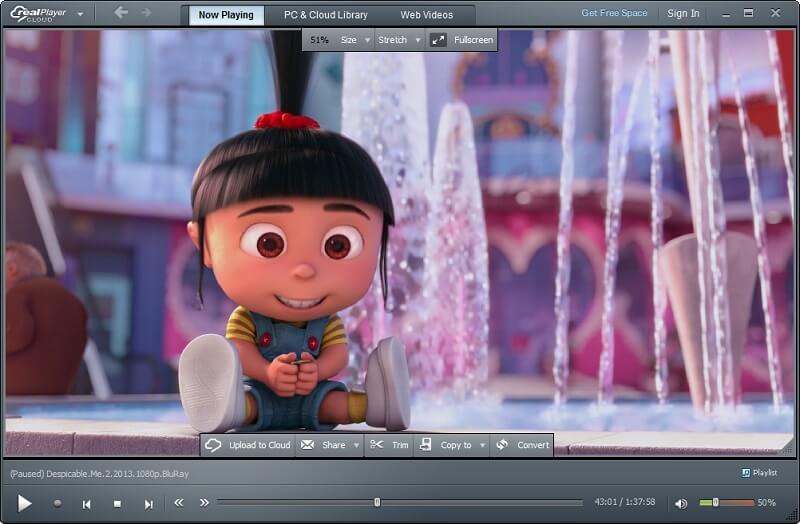Install Windows Media Player Visualizations Christmas
As you may already know, Windows Media Player 12 becomes an optional feature with recent updates to the final version of Windows 10 Fall Creators Update. The app gets removed automatically, so you might want to restore it back in the OS. In this article, we will see how it can be done.

If you are new to visualizations, here is how to enable the visualization in Windows Media Player. Step 2: Kick start the installation by double-clicking on the.msi file and simply click the Next button to complete the installation. The visualizations install on the. Using WMP 12 64bit. Trying to install visualizations. To C: Program Files. The Media Feature Pack for N versions of Windows 10 will install Media Player and related technologies on a computer. Visualizations for Windows Media Player. Nov 02, 2011. Apr 23, 2020. A lot of users enjoy being able to make their library using the media player and change the names of the files within the library. It's easier than ever to copy a library in Windows Media Player 11. On the other hand, some users have complained that it's a little more complicated to install the software.
RECOMMENDED: Click here to fix Windows errors and optimize system performance
Windows Media Player was bundled with Windows for a long time. Starting with Windows 98, every new version of Windows came with an improved version of the app. Windows Me was the first OS where Windows Media Player got a media library, skins and visualizations. The Windows XP era was when there were several updates to Windows Media Player, starting from version 8 to version 10. Windows Vista brought Windows Media Player 11, and Windows 7 brought version 12.Besides local playback of audio and video content stored on your drive, the player also features integration with the OS Libraries, metadata, ratings and album art management and can handle Internet streams with multicast. It can play media with fast forward, reverse, file markers (if present) and variable playback speed. WMP can also be used to sync content on devices which support Media Transfer Protocol, legally rip audio CDs, or burn a disc. It has a graphic equalizer, subtitle and caption support, plugins which support DSP effects, crossfading and auto volume leveling, auto-playlists and remote control features. Full keyboard-based operation is possible in the player. For video formats, WMP includes universal brightness, contrast, saturation and hue adjustments and pixel aspect ratio control. DVD playback was supported in Windows 7's version of WMP but removed later.
Windows 10 comes with Windows Media Player 12, but it has been improved upon in various ways. Support for FLAC audio, MKV container format and HEVC video was added. Support for the latest IDv3 tag standard for MP3s was also added. Also, the Play To feature was replaced by a greatly improved (Cast To feature) which can use either DLNA or Miracast to stream content to smart TVs and other devices and is more robust and compatible.
In recent Windows versions such as Windows 10, Windows Media Player is not the default app any more because it is not based on UWP. In Windows 10, Groove Music is the new default music player app and Movies & TV is set as the default video player app.
If you are extremely unhappy with Windows Media Player's removal, here is what you can do to restore it.
To restore Windows Media Player in Windows 10, do the following.
Media Player Visualizations Download
- Open the Settings app.
- Go to Apps > Apps & features.
- On the right, click on the link Manage optional features.
- Click on the button Add a feature at the top of the next page.
- Find the optional feature named Windows Media Player in the list under Add a feature.
- Click it. The install button will appear as shown below. Click on the Install button and you are done.
Tip: Using this method, you can also remove Windows Media Player from Windows 10. This will free up around 60 MB of space on the system drive - not much. In Settings > Apps > Apps & features > Manage optional features page, select Windows Media Player and click Uninstall to remove it from the OS.
There is an alternative method to add or remove Windows Media Player in Windows 10. It can be done with PowerShell. Here is how.
Install Windows Media Player Visualizations Christmas Music
Restore Windows Media Player in Windows 10 using PowerShell
- Open an elevated PowerShell.
- To restore Windows Media Player, use the following command:
- To remove Windows Media Player, use the following command:
That's it.
RECOMMENDED: Click here to fix Windows errors and optimize system performance